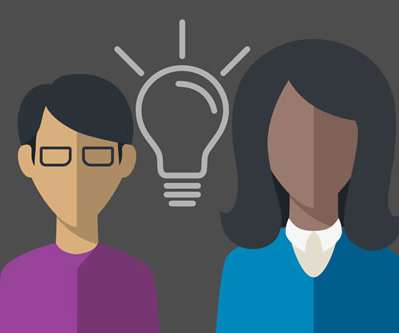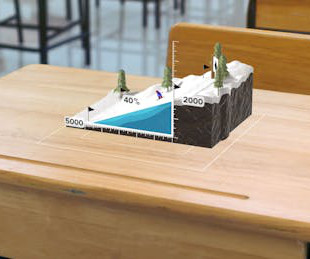Verizon launches free trainings and tools to help educators navigate digital instruction
eSchool News
NOVEMBER 17, 2020
Educators across the nation can now access Teacher Training Pathways , a free platform offering courses aligned to micro-credentials on remote and hybrid learning, instructional technology coaching and more. Applications are now being accepted by Digital Promise from districts with Title I schools across the nation.















Let's personalize your content